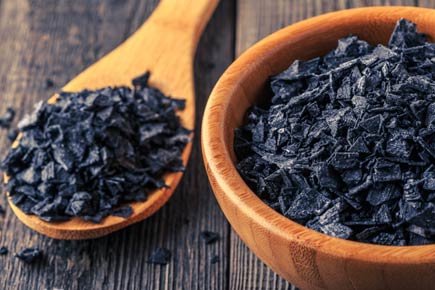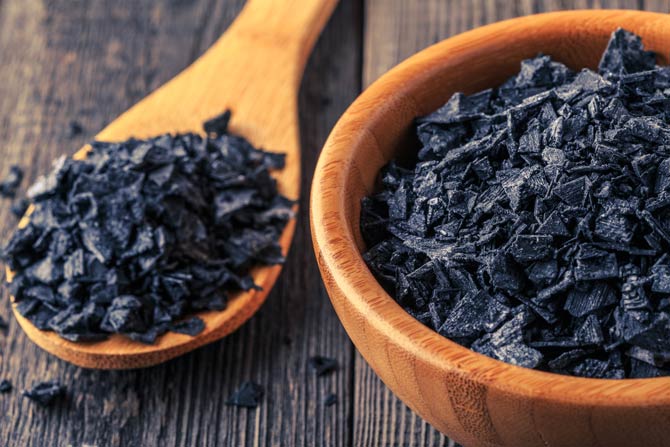The consumption of a paleolithic-type diet by obese women can help them lose weight and lower their future risk of diabetes and heart disease, says a new research

Paleolithic diet
London: The consumption of a paleolithic-type diet by obese women can help them lose weight and lower their future risk of diabetes and heart disease, says a new research.

Representational picture
ADVERTISEMENT
A typical Paleolithic diet includes lean meat, fish, eggs, vegetables, fruits, nuts and berries, with rapeseed, olive oil and avocado as additional fat sources. It excludes dairy products, cereals, added salt and refined fats and sugar.
"Eating a Paleolithic-type diet without calorie restriction significantly improved the fatty acid profile associated with insulin sensitivity, and it reduced abdominal adiposity and body weight in obese postmenopausal women," said lead study author Caroline Blomquist, doctoral student at Umea University, Sweden.
Also, the diet can improve fatty acid circulation especially in women who are in their postmenopausal phase and is likely to have long term beneficial effects on obesity-related disorders, including reduced risk for diabetes and cardiovascular disease.
The findings showed that saturated fatty acids decreased by 19 percent in women who consumed the Paleolithic-type diet.
Further, there was an increase of 47 percent in monounsaturated fatty acids and 71 percent increase was seen in their polyunsaturated fatty acids.
Specific fatty acids associated with insulin resistance were found to be significantly lower in the women eating the Paleolithic-type foods compared with those on the prudent control diet.
The team conducted their 24-month intervention in 70 obese postmenopausal women with normal fasting plasma glucose levels.
The women were randomly assigned to one of two groups. Those in the Paleolithic-type-diet group aimed to consume 30 percent of their total energy (E percent - energy percent) in protein, 30 E percent in carbohydrates, and 40 E percent in fats with high-unsaturated fatty acid content.
In contrast, the women in the prudent control diet group aimed to eat 15 E percent in protein, 30 E percent in fat, and 55 E percent in carbohydrates.
The results were presented at the ENDO 2016, the annual meeting of the Endocrine Society, in Boston, US.
 Subscribe today by clicking the link and stay updated with the latest news!" Click here!
Subscribe today by clicking the link and stay updated with the latest news!" Click here!







